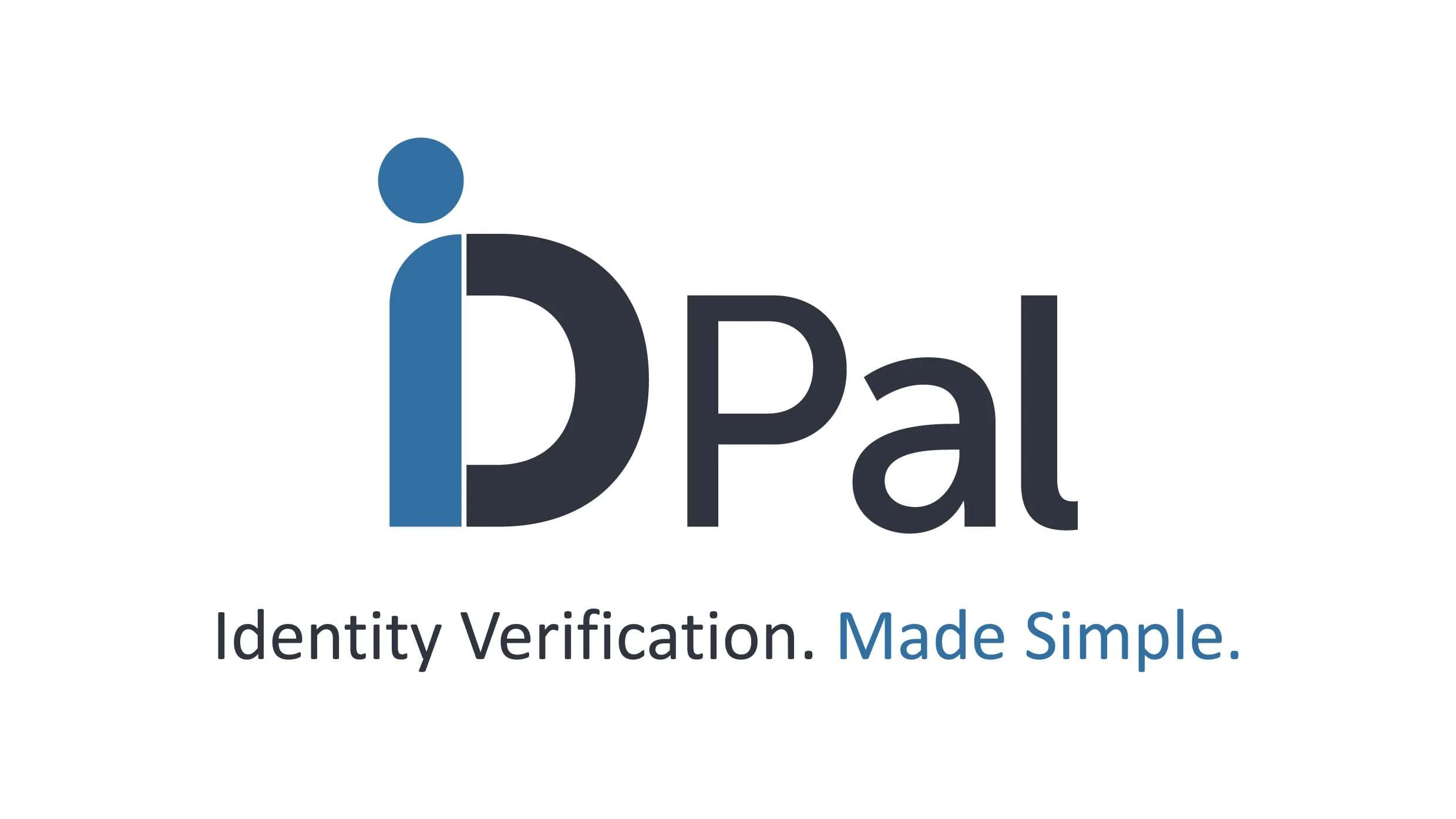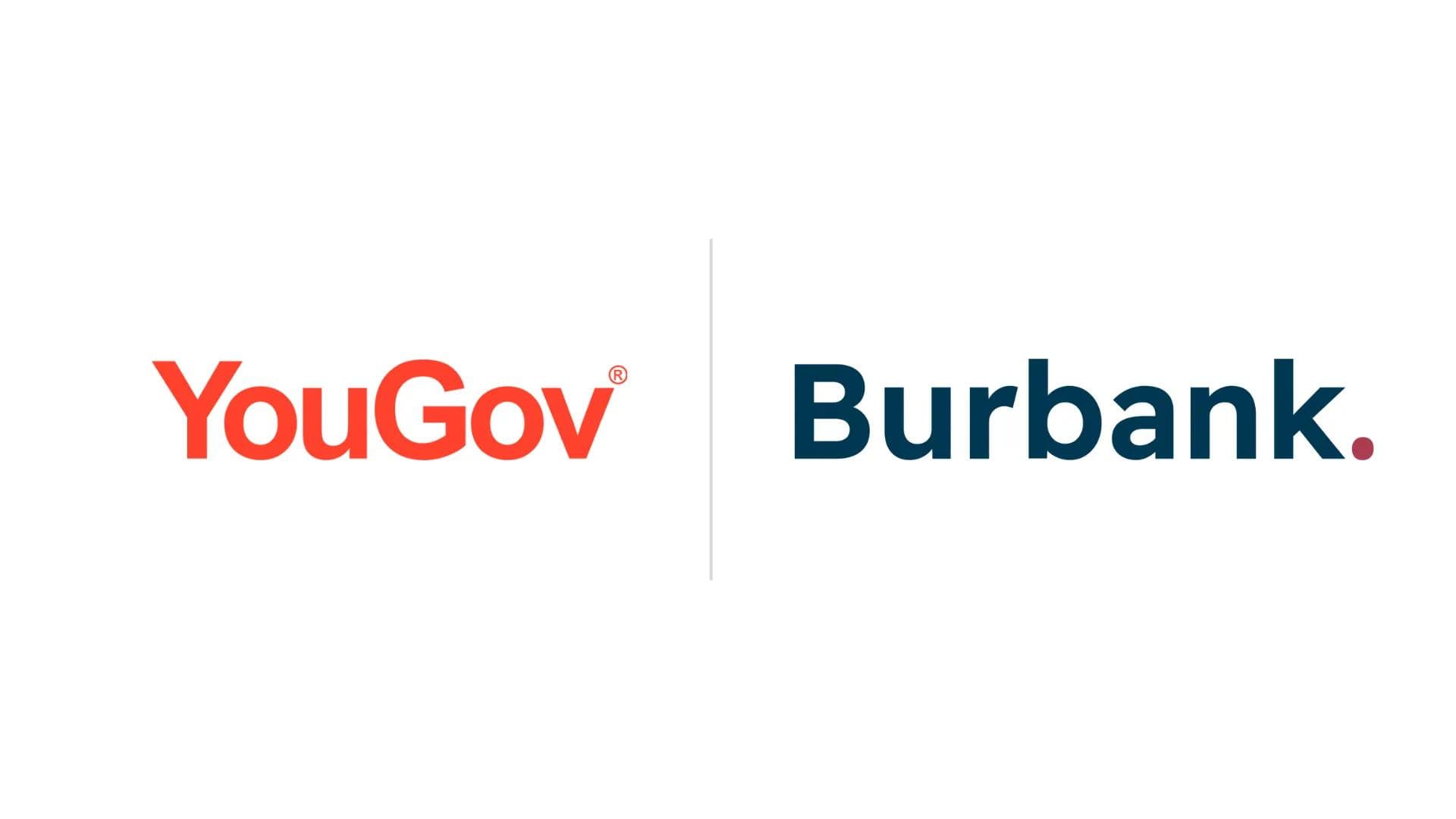MOBILE FILE SHARING IN A CONNECTED WORLD
MOBILE FILE SHARING IN A CONNECTED WORLD
Published by Gbaf News
Posted on June 3, 2014

Published by Gbaf News
Posted on June 3, 2014

Ali Moinuddin, CMO, Workshare
What a difference a decade makes. 10 years ago, the traditional financial professional had limited options when it came to IT. Now, with the consumerisation of IT, systems have evolved and we have a workforce that is more mobile than ever – making the idea of being tied to your desk seem archaic. In recent research we commissioned, we found that 91 percent of financial professionals are already accessing work documents on the go, proving that mobile sharing and document collaboration is a major consideration for IT groups in the financial sector.
With BYOD, comes BYOA

Patrick Tickle
The Bring Your Own Device (BYOD) trend has caused a change in workforce practices. The mobility report from Workshare revealed that 89 percent of financial professionals are using personal devices in the workplace – be it a phone, tablet, or laptop; this number has increased by 3 percent since 2012.
But BYOD isn’t just about the device itself. With BYOD comes BYOA (Bring Your Own Applications), which means that as users move away from corporate-owned devices and applications they can download the consumer file sharing apps that they know and love and use them in the workplace. This inevitably raises security concerns over how and with whom employees are sharing confidential company data.
Worryingly, the research found that 78 percent of workers are bypassing corporate policies and opting to share corporate documents using the free consumer-grade file sharing services they enjoy in their personal lives, which often lack the necessary security features needed for enterprise solutions.
Employees vs. IT: the showdown
While the use of personal devices and consumer-grade file sharing applications have obvious benefits for the user, they have also created significant difficulties for another key stakeholder: the IT department. Financial professionals are pushing for the free and easy-to-use file sharing applications they’re accustomed to, and IT is fighting for rigorous policies that keep information secure and help them maintain complete control.
This is a fight IT departments must win. When corporate documents are downloaded onto personal devices via consumer platforms, businesses lose visibility into what happens to that document. It could be forwarded to other parties, or edited without approval. And if the device is lost, then there’s no telling who could be looking at your financial statements and confidential corporate information.
Building blocks of BYOD security
Financial professionals are actually the ones pulling ahead in this head-to-head battle. While 78 percent of users access and share work documents from their mobile devices, an alarming two thirds of them (65 percent) are doing so without IT authorisation, going outside the corporate firewall and seeking free – albeit unsecure – file sharing apps. This means that the IT department is being kept in the dark about the vast majority of BYOA users within their organisation, leaving the financial employees – and their corporate documents – open to compromise.
To address these concerns around mobile file sharing, IT needs to start offering a better solution – and fast. Perhaps the most important application element is IT control over files shared via email and webmail on mobile devices, to prevent employees from inadvertently sharing sensitive or hidden data. Administrators should be able to set data governance policies for various factors, like document types, particular individuals, or even for specific words (like “confidential”) appearing within a document. At the same time, IT must remember that financial professionals are used to working with an intuitive interface.
Keeping the peace
In one corner, stands the user – in the other, IT. But the battle can’t last forever and ultimately both parties serve as key working parts of a wider organisation, sharing common end goals. With reputational risk at stake, there is ultimately greater responsibility on IT to strike a balance between users’ desire for ease-of-use, and requirements for security. It’s up to them to stay up to date with mobility trends and proactively introduce file sharing applications that benefit users and companies alike. If IT can equip financial sector organisations with simple applications that suit the way people like to work, users will no longer feel compelled to circumvent IT and use their own personal solutions.
IT should reassess the tools they’ve provided to their users and spend more time understanding the file sharing and collaboration solutions that users prefer. From here, relevant applications can be built from the ground up and architected for the needs of both employees and IT. Only when the financial services sector deploys a solution that serves the interests of both parties will IT manage to keep the peace.
Explore more articles in the Top Stories category











